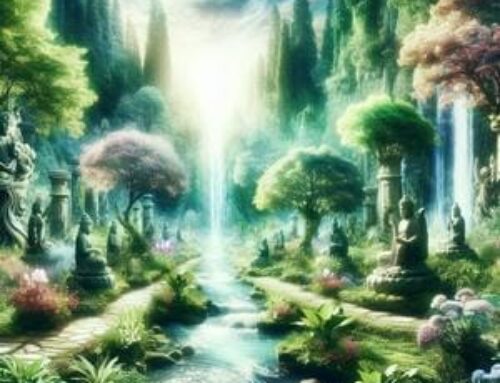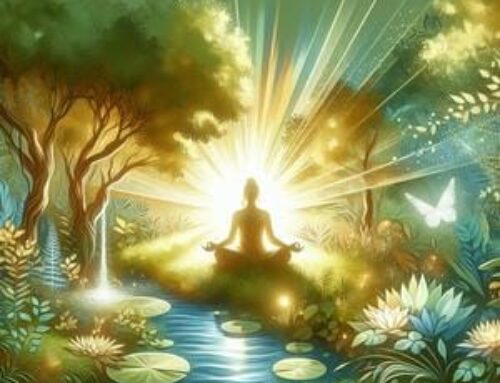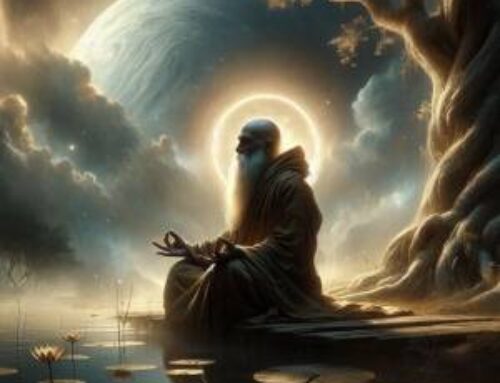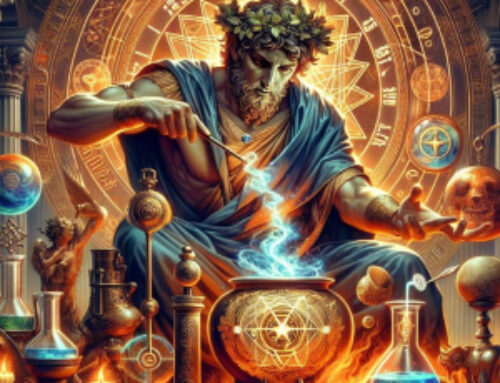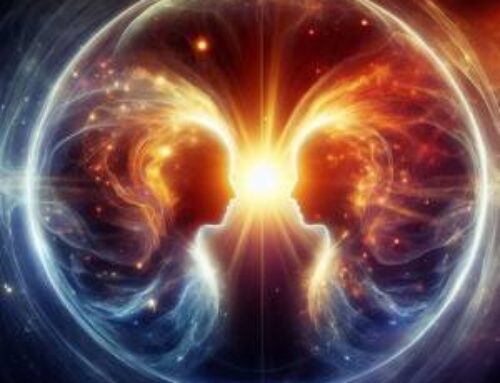Contents
- 1 Tarot decks consist of 78 cards, or symbolic keys, divided into 22 major arcana and 56 minor arcana.
- 2 Among the best known variations are: the Tarot de Marseille, the Rider-Waite Tarot, and the Crowley Tarot.
- 3 Initiates of the Mysteries left the Tarot as a system of symbols to transmit timeless wisdom, intact.
Tarot decks consist of 78 cards, or symbolic keys, divided into 22 major arcana and 56 minor arcana.
Among the best known variations are: the Tarot de Marseille, the Rider-Waite Tarot, and the Crowley Tarot.
Initiates of the Mysteries left the Tarot as a system of symbols to transmit timeless wisdom, intact.
The Tarot is a deck of 78 cards. It is divided into 22 cards of the Major Arcana and 56 cards of the Minor Arcana.
Since the 16th century, these card decks have gained popularity due to misconceptions by profane fortune tellers and clairvoyants.
Some well-known tarot decks include the Tarot de Marseille, the Rider-Waite Tarot from 1910, and the Crowley Tarot, also known as the Thoth Tarot, from the 1940s.
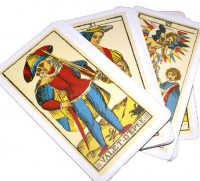
Beyond its playful nature as a children’s card game, the Tarot reveals valuable secrets and inner teachings of timeless wisdom to the willing aspirant of the Mystery Tradition.
The word “arcana” is derived from the Latin “arcanum”, meaning “mystery”.
For millennia, similar symbols and archetypal images have been used in various cultures to pass on the secret teachings of the Mysteries to worthy aspirants.
The high initiates who once walked this world concealed the knowledge of the powerful symbols of the Mysteries using the Tarot in the playing cards and oracle systems in common use today.
This protects the precious and mystical wisdom from the profane and curious eye.
Access to the secret knowledge of the Tarot symbols and the understanding of the timeless wisdom can only be achieved with the right key.
In the Hermetic Order of the Golden Dawn, led by MacGregor Mathers and William Wynn Westcott, the Tarot symbols were used in initiation rituals.
After the dissolution of the Hermetic Order of the Golden Dawn, Paul Foster Case, a disciple of this order in the USA, published his own tarot deck, books on the subject, and was a co-founder of the Builders of the Adytum (BOTA) school. However, due to his low degree of initiation, Paul Foster Case lacked the practical tools of the highest mysteries.
The individual cards are also called “keys”. The Minor Arcana divides its 56 keys into four rows of 14 keys each.
Each row consists of pips and court cards. The number cards include wands, cups, swords, and coins (pentacles). On the other hand, the court cards consist of the King, Queen, Knight (Prince), and Page (Knight/Page/Princess).
The numbers, colors, and elements used in the Minor Arcana are not random. They describe how they work on the material and immaterial levels.
The 22 keys of the Major Arcana are also known as the “Trumps”.
Each of these keys describes an independent allegory and is completely different from all other keys of the Major Arcana.
Each key represents an individual cosmic and non-human force and power veiled through symbolism. These forces manifest through human beings and represent the secret code of which humanity is composed.
This is evident not only through the archetypal visual and symbolic language, but also through a symbolism of colors, numbers, and Hebrew letters associated with the keys.
Some tarot decks are numbered, though the order of the major arcana is often different.
The names of the trumps are as follows: The Fool, The Magician, The High Priestess (Papess), The Empress, The Emperor, The Hierophant (Pope), The Lovers, The Chariot, Strength, The Hermit, The Wheel of Fortune, Justice, The Hanged Man, Death (has no name in some decks), Temperance, The Devil, The Tower, The Star, The Moon, The Sun, Judgment, and The World.
Guided and practical training in an authentic mystery school, such as the Hermetic Academy, unlocks the power of these symbols to help the individual unfold their full potential.

